Earth
Sign up for our newsletter
We summarize the week's scientific breakthroughs every Thursday.
-
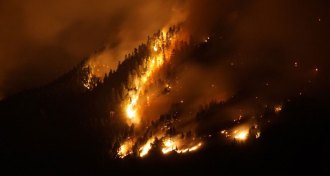 Environment
EnvironmentWildfires are making extreme air pollution even worse in the northwest U.S.
America’s air is getting cleaner — except in places that are prone to wildfires.
-
 Ecosystems
EcosystemsBird poop helps keep coral reefs healthy, but rats are messing that up
Eradicating invasive rats from islands may help boost numbers of seabirds, whose droppings provide nutrients to nearby coral reefs.
-
 Particle Physics
Particle PhysicsReaders ask about proton pressure, wearable tech and more
Readers had questions about the pressure inside a proton, wearable tech safety and the effects of global warming on insects.
-
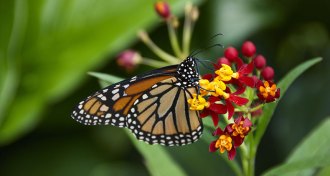 Climate
ClimateBloodflowers’ risk to monarchs could multiply as climate changes
High atmospheric carbon dioxide levels can weaken the medicinal value of a milkweed that caterpillars eat, and high temperatures may make the plant toxic.
By Susan Milius -
 Health & Medicine
Health & MedicineAir pollution is triggering diabetes in 3.2 million people each year
A new study quantifies the link between smoggy air and diabetes.
-
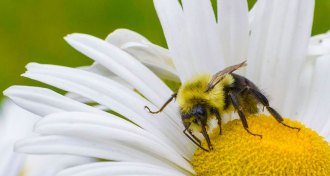 Animals
AnimalsWhy humans, and Big Macs, depend on bees
Thor Hanson, the author of Buzz, explains the vital role bees play in our world.
-
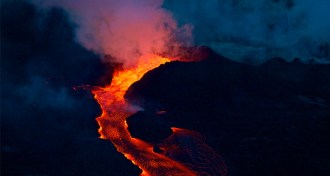 Earth
EarthKilauea’s spectacular pyrotechnics show no signs of stopping
Watch some of the most striking videos and images of the strange, fiery beauty of the Hawaii volcano’s ongoing eruption.
-
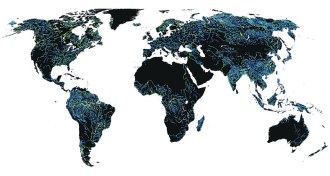 Earth
EarthEarth’s rivers cover 44 percent more land than we thought
A global survey of rivers and streams based on satellite data suggests that these waterways traverse about 773,000 square kilometers.
-
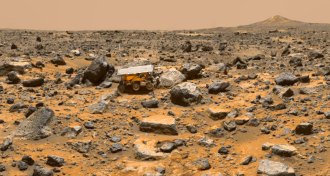 Planetary Science
Planetary ScienceMars got its crust quickly
The Martian crust had solidified within 20 million years of the solar system’s formation.
-
 Genetics
GeneticsReaders ponder geothermal power and more
Readers respond to stories from the May 26, 2018 issue of Science News.
-
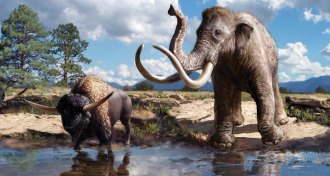 Climate
ClimateWhy won’t this debate about an ancient cold snap die?
Critics are still unconvinced that a comet caused a mysterious cold snap 12,800 years ago.
-
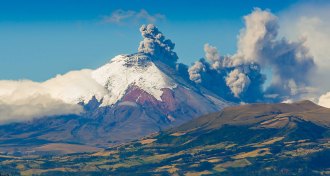 Earth
EarthThis volcano revealed its unique ‘voice’ after an eruption
Identifying patterns in a volcano’s low-frequency sounds could help monitor its activity.